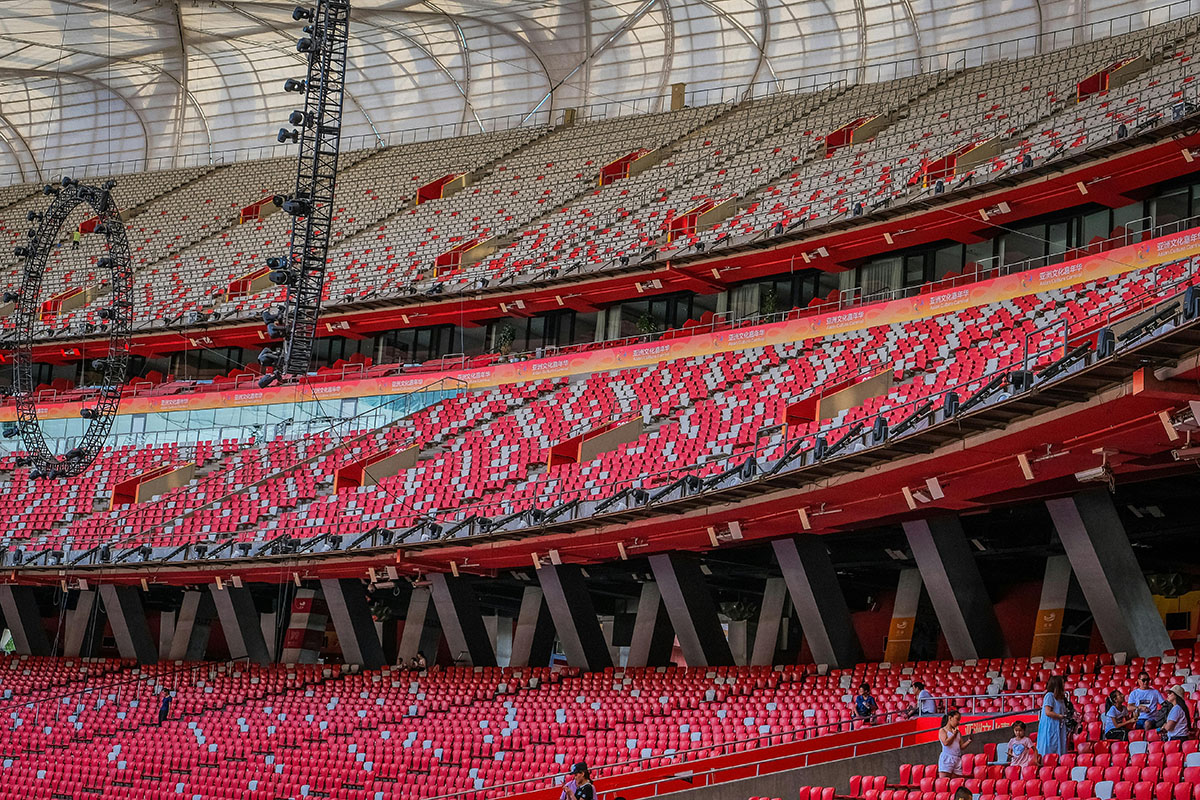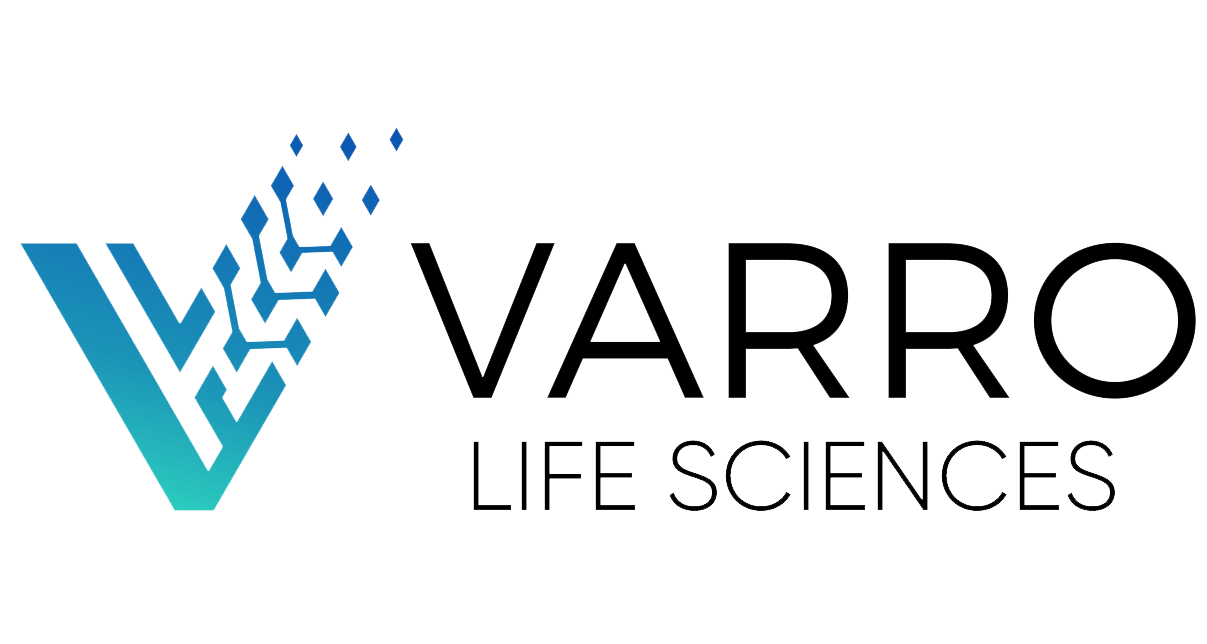Protecting health, confidence, and continuity across built environments
Indoor environments, from offices to retail centers and stadiums, are where people spend most of their daily lives. These spaces are also where airborne pathogens can spread rapidly, leading to productivity losses, consumer hesitancy, and costly shutdowns. Varro Life Sciences delivers real-time pathogen detection across built environments, helping operators protect health, preserve public confidence, and maintain business continuity.

Workplace Productivity Protection
Varro’s air bio-detector integrates into HVAC systems to provide continuous monitoring of indoor air quality with pathogen detection. Building managers gain the ability to identify threats before they circulate through entire office spaces, protecting employees, preventing absenteeism, and maintaining productivity.
Retail Environments: Customer and Staff Safety
In retail settings, real-time pathogen monitoring safeguards shoppers and employees alike. By ensuring ventilation systems are free from airborne threats, retailers not only protect health but also maintain consumer confidence, supporting safe shopping experiences that drive economic activity.
Residential Health in Shared Spaces
Shared living environments such as apartment buildings are particularly vulnerable to airborne disease spread through ventilation systems and common areas. With Varro’s air bio-detector, property managers and residents can detect threats early, reducing the risk of transmission and ensuring healthier communal living.
Large Gatherings
Theaters, convention centers, concert halls, stadiums, and arenas host thousands of people in close quarters. Varro’s continuous indoor air monitoring provides real-time assurance that air circulation remains safe during large events. Early detection prevents mass exposure incidents, protects public confidence, and avoids costly cancellations or closures.

Protecting Health in Offices, Retail, and Housing
Airborne transmission has been identified as a major driver of respiratory disease spread, with poorly ventilated buildings linked to higher rates of illness.¹ Studies show that viral and bacterial pathogens can circulate through HVAC systems, amplifying outbreaks in offices, schools, and residential complexes.² Major indoor events during the COVID-19 pandemic demonstrated how mass gatherings in poorly monitored air environments can accelerate community transmission.³ Addressing these vulnerabilities through real-time pathogen monitoring allows facility managers to prevent outbreaks, reassure occupants, and keep spaces open.

Varro’s air bio-detector integrates directly into HVAC infrastructure or operates as a standalone unit in high-traffic areas.
Measurable Outcomes:
- Reduced illness-related absenteeism and productivity losses
- Safer customer and tenant experiences in retail and residential spaces
- Lower risk of mass exposure events in large venues
- Strengthened public confidence in indoor air safety
Protect health, confidence, and continuity across built environments with real-time pathogen detection. Contact Varro Life Sciences to explore deployment in offices, residential buildings, retail, and event venues.
- Centers for Disease Control and Prevention, “Ventilation in Buildings,” last modified 2023, https://www.cdc.gov/niosh/ventilation/index.html.
- American Society of Heating, Refrigerating and Air-Conditioning Engineers (ASHRAE), “ASHRAE Standard 241, Control of Infectious Aerosols,” 2024, https://www.ashrae.org/file%20library/about/government%20affairs/advocacy%20toolkit/virtual%20packet/standard-241-fact-sheet.pdf.
- Morawska, L. et al., “How can airborne transmission of COVID-19 indoors be minimised?,” Environment International 142 (2020): 105832, https://doi.org/10.1016/j.envint.2020.105832.

